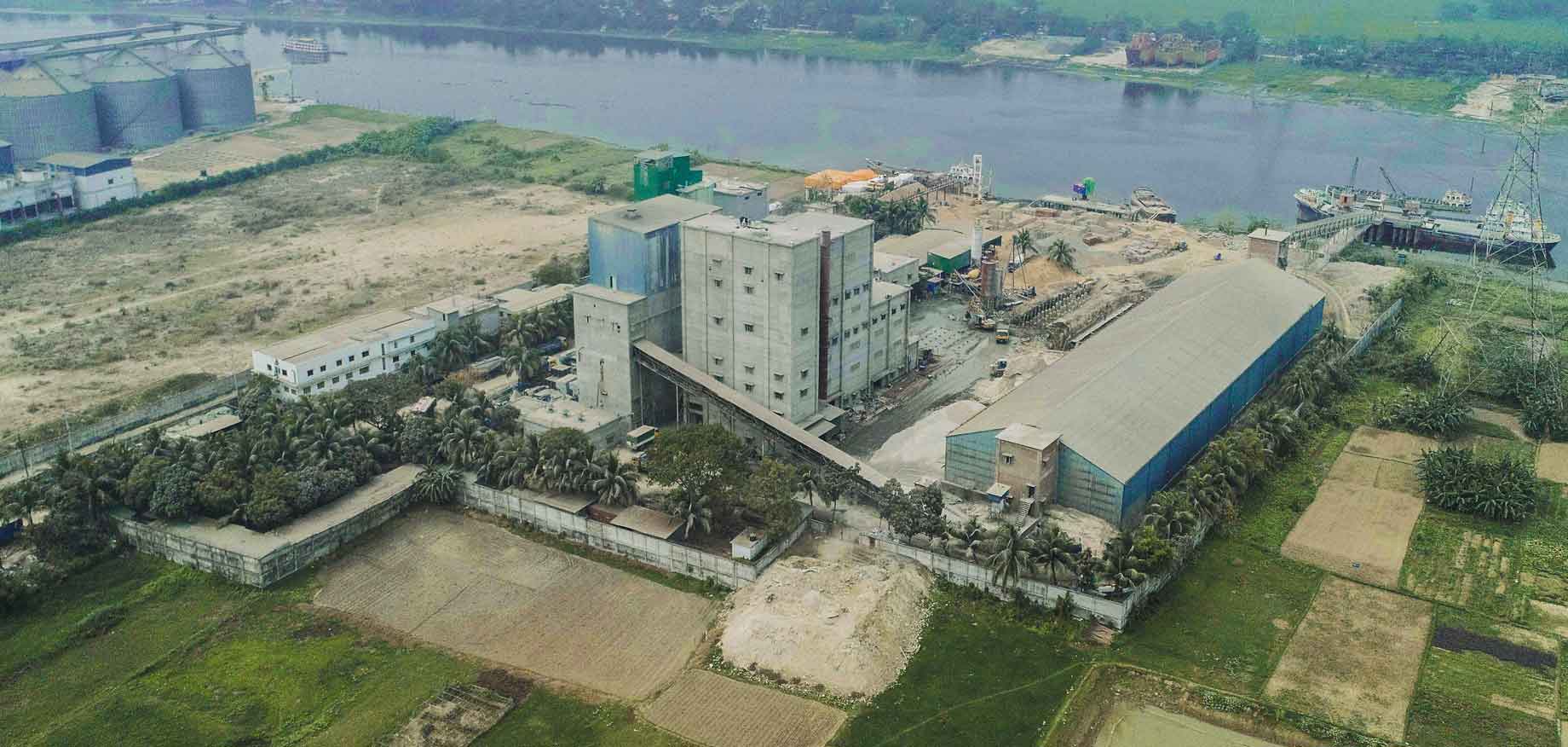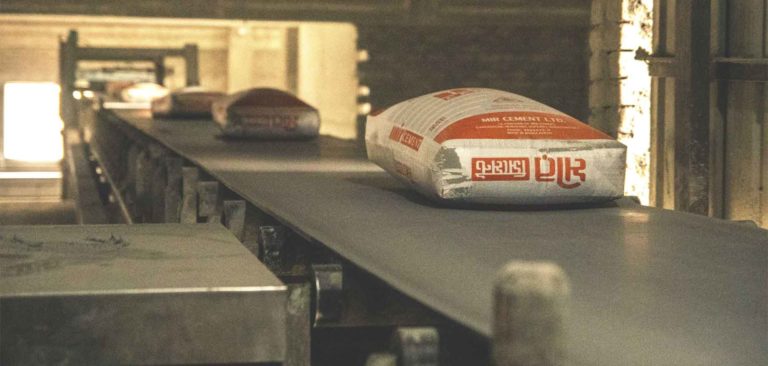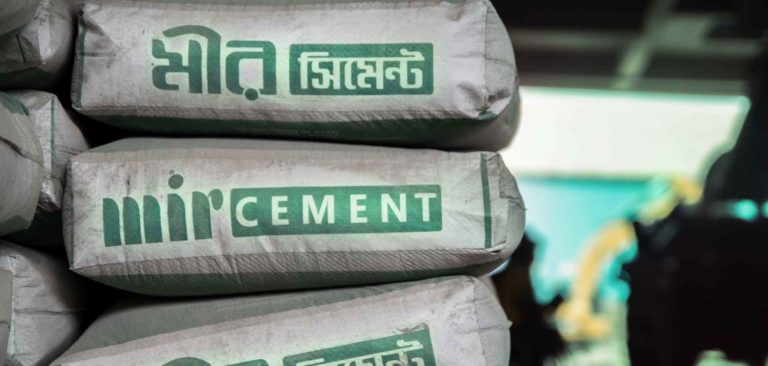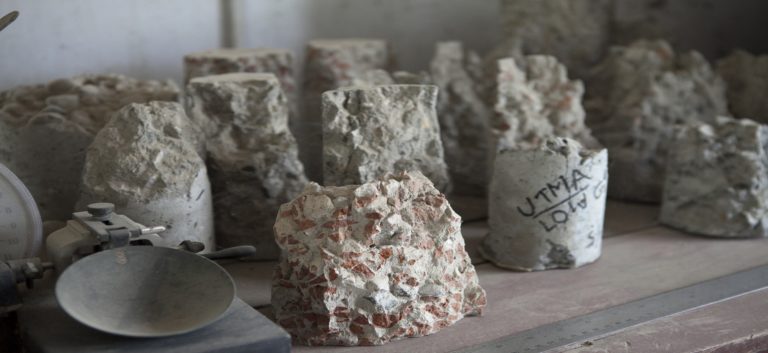Hot Weather Concreting
Durability of concrete structures are being widely discussed and deliberated across the globe amongst civil engineering fraternity in the last few decades. The costs towards repair and rehabilitation of concrete structures have been found to be in such high magnitude that the needs to construct durable structures have become imperative.
Concrete/cementitious products have a similarity to Human beings in the sense that how a new born baby is being taken care so much by means of timely vaccinations and other protection measures during the first few years after birth, the same applies to taking care of the structures built of concrete / cement mortar during the initial hours/days after they are cast in the structure.
How to concrete in HOT WEATHER?
The Key to successful hot weather concreting is:
• Recognition and understanding the factors that affect the concrete.
• Planning and necessary precautions to minimize their effects.
Hot Weather Concreting
Hot weather may be defined as any period of high temperature in which special precautions need to be taken to ensure proper handling, placing, finishing and curing of concrete. Hot weather problems are mostly encountered in the summer but the associated climatic factors of high winds, relative humidity and solar radiation can occur at any time, especially in arid or tropical climates. Hot weather conditions can produce a rapid rate of evaporation of moisture from the surface of the concrete and accelerate setting time etc. Generally, high humidity tends to reduce the effects of hot weather in concreting.
But then, what is hot weather concreting? The definition may vary from country to country. As per BUREAU OF INDIAN STANDARDS IS:7861(Part I), “ Any operation of concreting done at atmospheric temperatures above 40 degree Celsius or any operation of concreting ( other than steam curing) where the temperature of concrete at time of its placement is expected to be beyond 40 degree Celsius is termed as HOT WEATHER CONCRETING”.
We need to understand, foremost, the effect of hot weather on concrete, in the absence of special precautions, than concreting done at normal temperatures.
The principal general effects of hot weather concreting are as follows:
- Accelerated setting: Cement Hydration results in setting and hardening of concrete. High temperature increases the hydration of cement resulting in faster setting which means the time available for workability (concrete in plastic state) of concrete is reduced.
Hydration of cement also releases heat. Hence, faster the cement hydration faster the heat generation and this increases concrete temperature, further speeding up the cement hydration or setting. While initial strength may not suffer, the long term strength (> 28 days strength) is affected. This is the reason why hot weather concreting needs special care especially on finishing and curing of concrete. - Reduction in strength: High temperatures necessitates addition of water at project site to enhance the workability of concrete and thereby reduction in concrete strength. It may also results in formation of cold joints in the structure cast.
- Increased tendency to cracks: High temperatures, High wind velocity and low relative humidity can affect fresh concrete in two important ways: first, the high rate of evaporation may induce early plastic shrinkage cracks or cracks may be developed in the hardened concrete either by increased drying shrinkage resulting from greater mixing water used or by cooling of the concrete from its elevated initial temperature and secondly, the evaporation rate can remove surface water necessary for hydration and unless necessary curing practices done it may affect the cement hydration process in the initial stages resulting in lower concrete strengths.
Thermal cracking also may result from rapid drops in the temperature of the concrete, from hot weather during concreting and the night cooler temperature.
We will now see some useful measures that need to be taken during hot weather concreting without compromising important parameters such as workability, strength, crack-free surface etc. for better performance in the long run i.e. high durable concrete structures.
The first immediate solution for concreting in arid and hot weather /low humid regions is to pour concrete during early morning or late evening. This may mitigate the bad effects to a large extent.
In case, if the concreting pour has to be done during the day, other precautionary measures as below could be undertaken for better results.
The foremost amongst the possible measures are to lower the temperature of the concrete ingredients before they are used for concrete mixing.
Primarily, in case of cement, High early strength cements to be avoided unless initial high strength of concrete is required at site. In that case, it is advisable to use cementitious materials like fly ash/slag to reduce the heat of hydration. But it is highly recommended to use BLENDED CEMENTS like Portland Pozzolana Cement (PPC) / Portland Slag Cement (PSC) in such cases not only from hot weather concrete point of view but also from overall DURABILITY OF CONCRETE STRUCTURES.
Aggregates may be protected from direct rays of the sun during concrete production by providing shades over the stockpiles. Sprinkling the stockpiles of coarse aggregates with water and keeping them moist is another option to be considered. Only precaution to be taken care is not to flood them so as to affect the moisture content considered during concrete mix design.
The mixing water has the greatest effect on temperature of concrete, since it has a specific heat of about 4 to 4.5 times that of cement or aggregate. Hence chilled water or ice is preferred during concreting at high temperatures. If at all ice is added to the mixing plant directly, it is added in the crushed state only and complete melting is to be ensured before mixing of concrete ingredients is complete.
In Hot weather condition the mix sets quicker and loses workability of slump faster due to rapid hydration and evaporation of water from the mix. This makes placing, compaction and finishing of concrete quite difficult leading to deterioration in the quality of concrete. Addition of water to maintain workability / slump leads to drop in concrete strength. Use of chemical admixtures like water reducers / retarders helps in delaying the setting of concrete. These are used in lots of projects these days in Bangladesh and worldwide (Arid and tropical climates). However, use of these chemical admixtures need to be carefully done as per manufacturers specifications and expert engineers advice.
We need to plan adequate manpower and machineries to complete the concrete pour at the shortest time possible during hot weather.
The effect of mixer machine surface as well as transporting trucks exposed to the hot sun should be minimized by painting white or lighter color and covered with wet burlaps to minimize the radiation effects. Also, it is advisable to minimize the time between water added during concrete mix and concrete pour to the minimum possible to negate the workability loss etc.
The next important precautions to be taken are in PLACEMENT, FINISHING AND CURING of concrete during hot weather. Forms, Reinforcement and Sub-grade shall be sprinkled with cool water JUST prior to placement of concrete. Speed of placement and finishing helps to minimize problems in hot water concreting.
Since hot weather leads to rapid drying of concrete, protection and curing has to be started immediately after surface is hardened enough. This can be in the form of covering the concrete surface with wet burlap, curing compounds or sprinkling of water initially. Curing compounds, if used, has to be strictly undertaken with expert advice as per manufacturer’s specifications only. Moist curing shall commence once the concrete surface has attained some degree of hardening sufficient to withstand surface damage. CONTINUOUS CURING IS IMPORTANT, BECAUSE VOLUME CHANGES DUE TO ALTERNATE WETTING AND DRYING PROMOTE THE DEVELOPMENT OF SURFACE CRACKS.
RMC’s in Bangladesh have found booming of concrete and sprinkling of water immediately to be suitable practical solution in case plastic shrinkage cracks have been observed within couple of hours after concrete pour.
Finally, once concrete cubes are casted for testing of the concrete for compressive strengths, adequate protection to be made for cube specimens from being exposed to direct sunlight or else evaporation of water in the cube will lead to lower compressive strength reported when tested for 7 days and 28 days.
To summarize, adequate measures at every step involved in concreting from material storage, concrete mixing, transportation, placing, finishing, curing and concrete cube casting as mentioned above to be undertaken if done during HOT WEATHER for better and durable concrete.
MIR Cement Ltd. is one of the Largest Cement Manufacturer‘s practicing the concrete mixing and cement manufacturing processes to produce the best cement grades for construction distributing and providing across the country with a great cement manufacturing footprint in Bangladesh.





